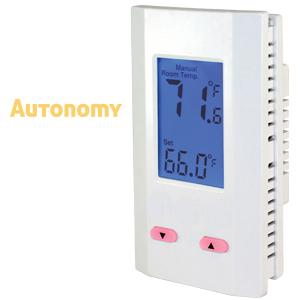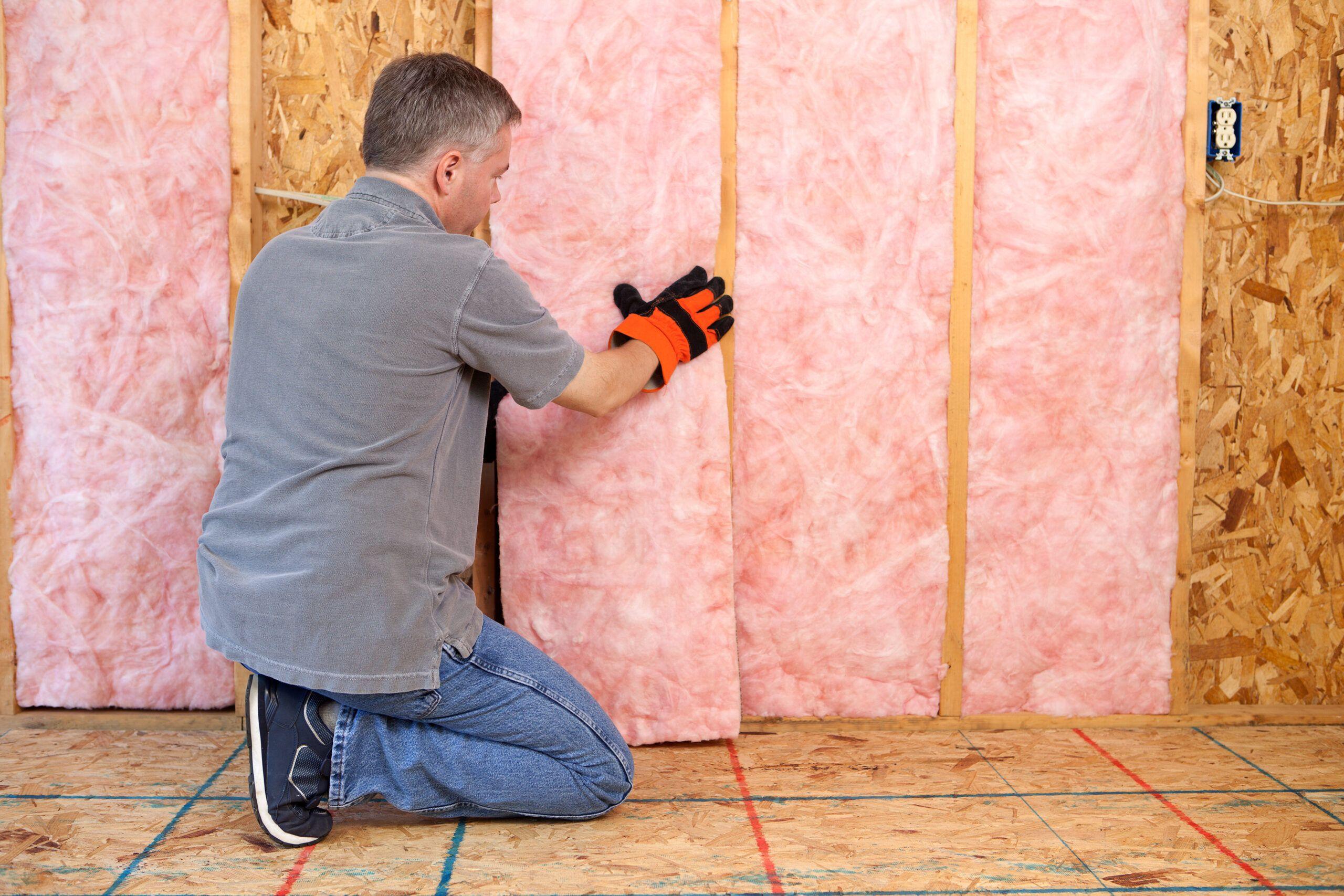In the hustle and bustle of running a successful business, few things feel as refreshing as walking into an office with a cool, comforting climate. Yet as essential as air conditioning is for keeping up productivity and ensuring a pleasant environment, the costs associated with it can often be as chilling as the breeze it provides. With energy prices climbing and budgets tightening, the need to find thrifty, yet effective, solutions becomes imperative. In this article, we will dive into a treasure trove of savvy strategies designed to keep your air conditioning costs in check, all while maintaining a breezy, comfortable workplace. Let’s explore the top ways your business can stay cool without burning a hole in its pocket.
Energy-Efficient HVAC Systems: Upgrade Your Equipment for Long-Term Savings
Upgrading to energy-efficient HVAC systems is a strategic investment for any business looking to cut operating costs and promote sustainability. Modern HVAC systems often come with **advanced features** such as programmable thermostats, variable speed fans, and smart sensors that adjust temperature settings based on occupancy and time of day. These innovations can lead to significant reductions in energy consumption and lower utility bills.
Besides, integrating energy-efficient HVAC systems can also extend the lifespan of the equipment, resulting in fewer maintenance costs over time. Consider options like **geothermal heat pumps** or **solar-assisted HVAC systems**, both of which capitalize on renewable energy sources. Here’s a quick comparison of some energy-efficient systems available:
| System Type | Energy Source | Key Benefit |
|---|---|---|
| Geothermal Heat Pump | Geothermal | Highly efficient, low operating cost |
| Solar HVAC | Solar | Reduces reliance on grid power |
| Variable Refrigerant Flow (VRF) | Electric | Precise control, adaptable |

Thermostat Management: Smart Temperature Control Strategies
Incorporating **smart temperature control strategies** can significantly reduce air conditioning costs for your business. Installing a smart thermostat system allows you to **automate temperature settings** based on various factors such as office occupancy and time of day. For instance, you can program the thermostat to lower the cooling during non-business hours or increase it just before the business day begins. This automation not only enhances comfort for employees but also saves substantial energy by preventing unnecessary cooling.
Another effective tactic is to leverage **zone control systems**, which enable different areas of your office to be cooled independently. This means that unoccupied rooms don’t have to be cooled, allowing more efficient use of your HVAC system. To implement these strategies, you may need to consult with HVAC professionals to determine the optimal setup for your workspace. Below is an example schedule for automated thermostat programming:
| Time | Cooling Status |
|---|---|
| 6 AM - 9 AM | Pre-cool office for employee arrival |
| 9 AM – 5 PM | Maintain optimal working temperature |
| 5 PM – 10 PM | Moderate cooling to reduce costs |
| 10 PM – 6 AM | Minimal cooling to save energy |

Regular Maintenance: Ensuring Optimal Performance and Longevity
Regular upkeep of your air conditioning system is not only crucial for reducing energy costs but also for extending the unit’s lifespan. Business owners can start with simple measures such as **regularly changing or cleaning filters**. Dirty filters obstruct airflow, causing your system to work harder, which in turn increases energy consumption. Additionally, consider scheduling **annual professional inspections and tune-ups** to ensure all components are functioning optimally. These inspections can identify small issues before they become costly failures.
Besides professional check-ups, there are preventive tasks that staff can handle within routine operations. Create a checklist that includes:
- Ensuring no objects block vents and air returns
- Keeping an eye out for unusual sounds or odors
- Monitoring thermostat settings to prevent unnecessary usage
Consider implementing the following cost-saving measures:
| Action | Potential Savings |
|---|---|
| Optimizing thermostat settings | 5-10% off energy bills |
| Installing programmable thermostats | Up to 15% reduction in energy use |
| Regular duct cleaning | Enhances efficiency by 20% |

Insulation and Sealing: Maximize Efficiency by Minimizing Air Leaks
Investing in proper insulation and sealing solutions can lead to significant energy savings for your business. Gaps and cracks around doors, windows, and other structural openings allow conditioned air to escape, making your HVAC system work harder and longer. Consider starting an audit to identify areas that need attention. *Spray foam insulation*, *weather stripping*, and *caulking* are effective methods to seal off these leaks. Not only do they bolster your building’s thermal barrier, but they also contribute to maintaining a more consistent indoor climate, directly translating to lower utility bills.
To ensure maximum efficiency, follow these essential steps:
- **Inspect and seal ducts**: Leaky ducts can cause up to 30% of energy loss.
- **Upgrade insulation**: Use high-quality materials like fiberglass, foam board, or reflective barriers.
- **Use energy-efficient windows**: Double or triple-pane windows with low-emissivity coatings cut down on energy transfer.
| Material | Average Cost | Energy Savings |
|---|---|---|
| Spray Foam | $0.44-$0.65 per board foot | 20-40% |
| Fiberglass | $0.64 per sq. ft. | 25-30% |
| Reflective Barriers | $0.15-$0.30 per sq. ft. | 5-10% |
Q&A
Q: What are some effective ways to monitor and manage air conditioning usage in a business setting?
A: One of the most effective strategies is to invest in a smart thermostat system. These devices allow you to schedule and remotely control your HVAC system, ensuring that it operates only when needed and at optimal temperatures. Additionally, regular maintenance checks can help identify and fix inefficiencies within the system, ultimately lowering operational costs.
Q: Are there any structural upgrades that can help reduce air conditioning costs for a business?
A: Absolutely. Increasing insulation in walls and roofs can dramatically reduce the amount of energy needed to cool a building. Energy-efficient windows and doors also make a significant difference, as they help to keep cold air in and hot air out. Reflective roofing materials can further minimize heat absorption, reducing the load on your air conditioning system.
Q: How can businesses optimize their air conditioning settings to save money without sacrificing comfort?
A: Setting your thermostat to a higher temperature during unoccupied hours can lead to substantial savings. Many businesses find that a setting around 78°F (25.5°C) during working hours strikes a good balance between comfort and energy efficiency. Moreover, using ceiling or portable fans to circulate air can allow you to set the thermostat a few degrees higher without compromising on comfort.
Q: Can energy-efficient appliances make a difference in air conditioning costs?
A: Yes, upgrading to energy-efficient or newer HVAC systems can result in significant cost savings. Technology in newer models is often more efficient and effective at cooling spaces using less energy. Look for units with high SEER (Seasonal Energy Efficiency Ratio) ratings, as these are designed to provide the best performance with the least energy consumption.
Q: Are there any low-cost or no-cost strategies to help cut air conditioning expenses?
A: Definitely. Simple steps like keeping blinds or curtains closed during the hottest part of the day can prevent rooms from heating up and reduce the need for air conditioning. Encouraging employees to dress in lighter, breathable clothing can also help maintain comfort at slightly higher temperatures. Regularly changing air filters can improve airflow and efficiency, often at a minimal cost.
Q: How important are energy audits for controlling air conditioning costs?
A: Conducting an energy audit can be extremely beneficial. An audit provides a detailed analysis of where and how your business uses energy, highlighting any inefficiencies or areas for improvement. The insights gained from an energy audit can guide targeted changes that lead to substantial reductions in air conditioning costs, among other utility savings.
Q: What role do programmable thermostats play in reducing air conditioning costs for businesses?
A: Programmable thermostats are a game-changer when it comes to optimizing energy usage. They allow you to set specific temperatures for different times of the day, ensuring that your air conditioning system is only working hard when necessary. This can prevent unnecessary cooling during off-hours and align operation times closer to your business hours, reducing overall energy consumption and costs.
Note: These answers aim to provide actionable tips and strategies that businesses can implement to save on air conditioning costs. Always consult with an HVAC professional for specific recommendations tailored to your business’s needs.
To Conclude
As the mercury rises and your air conditioning bill threatens to do the same, implementing these strategic, budget-friendly practices can offer more than just financial relief. They create a comfortable, efficient workspace that elevates productivity and environmental consciousness alike. Whether you opt for smart thermostats, regular maintenance, or energy-efficient upgrades, the power to control those soaring costs—and contribute to a more sustainable business model—is firmly within your grasp.
By taking these steps today, you’re investing in a cooler, more cost-effective tomorrow. And remember, every degree of change counts—not just for your bottom line, but for the well-being of your employees and the planet. Cool savings, warm outcomes—now that’s a win-win we can all get behind.

